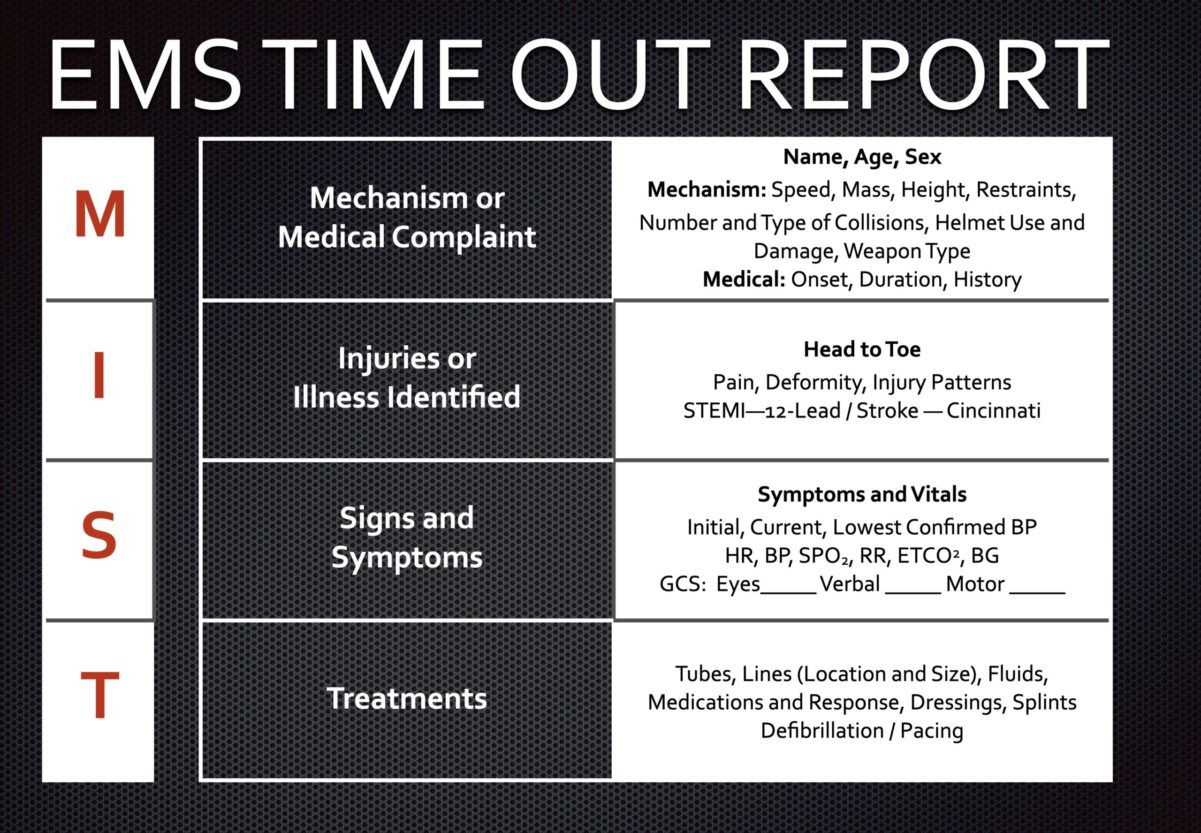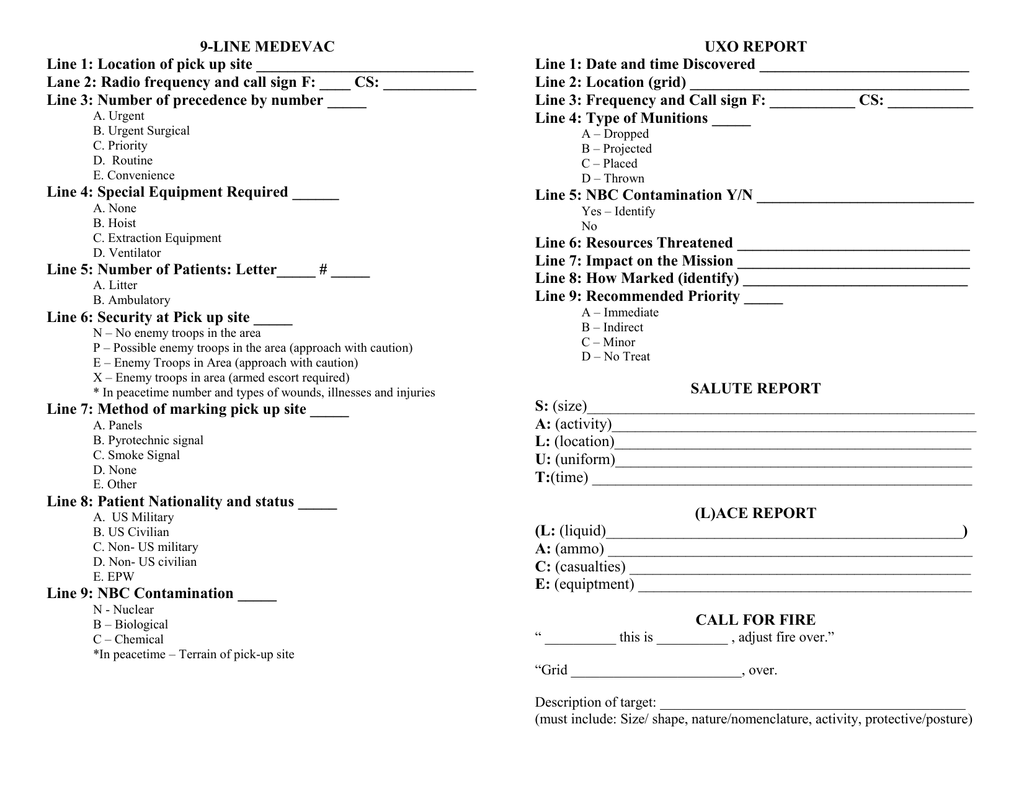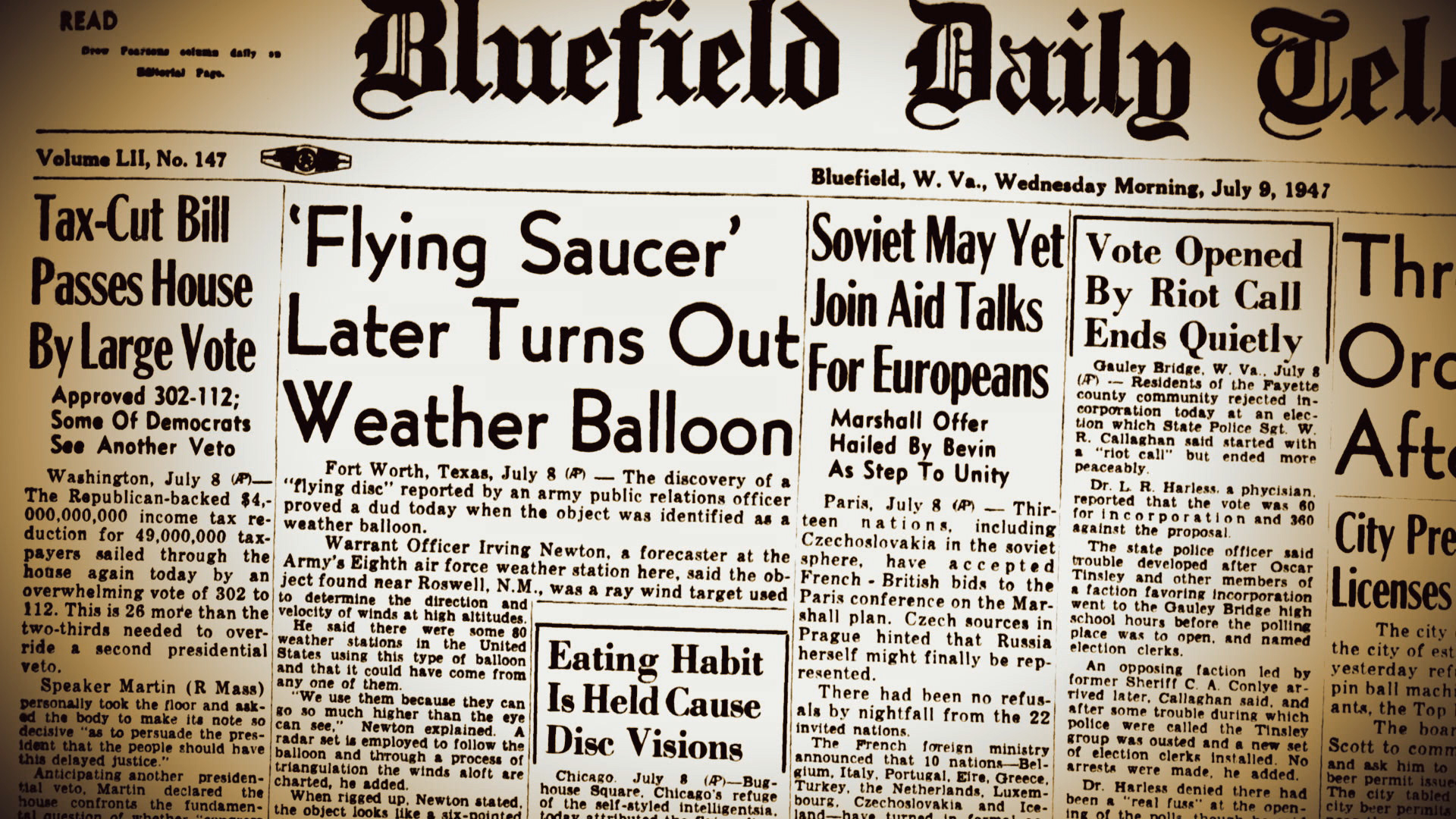Army Call Signs Numbers - This article is about a list of alphabets used in military radio communications. For other lists of agcies, see the alphabetical list. For the visual repetition of speech sounds, see audio symbol. For other uses, see phonetic alphabet.
The Union Army Alphabet sets out the words used to stop each letter of the alphabet, which bolds certain words, letter by letter, and how the words of the alphabet should be pronounced for use by Allies. World War II Experience. . It is not "phonetic" in sse that this word is used in phonology, that is, it is not a system of interpreting speech sounds.
Army Call Signs Numbers

The Allied Forces - mainly the United States and Britain - had radio telephone alphabets that began during the First World War and evolved differently in different roles in the two countries. For communication between different countries and different tasks special characters are needed.
Amazon.com: Multicam Black Tactical Patch, Seal Team Devgru Trident Cat Head Reflective Patches, American Flag, Call Sign, Dont Tread On Me Army Morale Military Hook Loop Backing Camo Digital Black Patches
The latter WWII alphabet remained in use through the Korean War, which was replaced in 1956 as a result of both countries using the ICAO/ITU Spelling Alphabet for radiotelephony, with NATO members calling it the "NATO Phonetic Letters".
NATO Phonetic Alphabet and Morse Code, from the NATO Navy Signalman 3 & 2 training manual, 1996. This table includes the ICAO international alphabet and the ITU International Morse Code.
During World War II, the United Nations defined terms to describe the scope of communications between different services and countries. A summary of the terms used in NATO's post-WWII documents was published:
Therefore, the Communications Board (CCB), which was created in 1941, developed an alphabet that was mandated to be used when each branch of the US military communicated with each branch of the British military; While operating independently of any British forces, the Joint Army/Navy was tasked with writing letters for use whenever the US Army and US Navy communicated in joint operations; if the US military were to work alone, they would use an alphabetic alphabet, in which some letters are the same as other alphabets and some are completely different.
Who Is 'roger?' Military Lingo Explained
The United States and Great Britain first standardized military call letters during World War II and in 1943 settled on a common communication system known as CCB. Both countries have already developed alphabetic naming systems since the First World War. Later, this World War II-era letter was adopted as a standard by ICAO in 1947.
After the creation of NATO in 1949, reforms began to take place. An alternate name for the ICAO alphabet, "NATO phonetic alphabet", exists because it appears in Allied Tactical Publication ATP-1, Volume II: Allied Maritime Signal and Maneuvering Book used by all NATO forces, which receive a modified version of the Code of International Signals. Because the latter allows messages to be written in flag or Morse code, it actually assigns the code words used to write messages out loud to "sound letters". NATO's phonetic name has become common because the symbols used to facilitate NATO's communication and strategy have become global.
However, ATP-1 is a NATO Secret (or under NATO Limits) symbol and is therefore not available to the public. However, a type of NATO certificate is issued to foreign soldiers, or enemies, although they are not allowed to present it publicly. The letters of the alphabet are also described in some of the world's most obscure military documents.

NATO letters appeared in some EU Air Force publications during the Cold War. A notable example is Ramstein Air Force Base, published between 1969 and 1973 (unpublished). The US and NATO versions are different, and the translation is provided as proof. Variations include Alfa, Bravo and Able, Baker for the first two letters.
Fac Call Signs 1965 1975
The NATO phonetic alphabet came into use on January 1, 1956, while the ICAO radio alphabet was still undergoing final changes.
The RAF radiotelephony alphabet, sometimes referred to as the "RAF Phonetic Alphabet", was used by the Royal Air Force (RAF) to aid post-radio communications, particularly in the production of aircraft identification letters, e.g. "H for Harry", "G for George", etc. Several letters were used, before being replaced by NATO/ICAO radio letters.
Supermarine Spitfire Mk Vb of 303 Squadron Kościuszko of Poland showing the RAF squadron number "RF" for 303 squadron and the aircraft letter "D" which will be the reference, D-Dog.
Command page from WW I US Army Code, Seca version, with alphabet letters for telephone and radio use.
Armed Forces Of The Philippines
During the First World War the battle lines were static and the soldiers were linked by telephone networks. Signals are weak over long lengths of wire and field phone systems often use a single wire with a ground return, which makes them accidentally interfere. The alphabet was introduced to the telephone and to the new audio equipment of the radio.
The British Army and the Royal Navy developed their own versions of the alphabet. The Navy's system was entirely alphabetical, beginning with: Apples, Butter, Charlie, Duff, Edward, but the RAF alphabet was based on the "symbol" of the army symbol. This is not a complete alphabet, but the most understandable letters are known: Ack (originally "Ak"), Beer (or Baa), C, D, E, F, G, H, I, J, K, L. , eMma, N , O, Pip, Q, R, eSses, Toc, U, Vic, W, X, Y, Z.
In 1921, the RAF "Call Spelling Alphabet" was adopted by all three military services, and was made mandatory for British aviation, as announced in a notice to Airm No. 107.

In 1956, the NATO phonetic letters were adopted because of the RAF's high commitment to NATO and the sharing of airspace around the world.
Nato Phonetic Alphabet
The option of Nut followed by Monkey can be [requested] from "monkey nut" (nut); Orange and Pip can also be associated with the same word, as in "orange pip". b "Vic" later corrupted the English language as a three-plane "Vee" shaped scale.
The US Navy's first phonetic alphabet was not used for radio, instead it was used on ships' ranges "in calling flags to raise signals". There are two alternative letters used, which are almost completely different from each other, and only the word "Xray".
The first phonetic alphabet of the United States Navy was published in 1913, in the Manual of Regulations for the Naval Radio Service by Captain William H.G. Bullard development. The methods of the Handbook were described in the November 1917 issue of Popular Science Monthly.
The Joint Commission created the Joint Army/Navy (JAN) alphabet on November 13, 1940, and it went into effect on March 1, 1941.
Bridge System Selection
Revised by the CCB following America's approach to World War II by the CCB's "Methods and Principles" committee,
And was used by all branches of the US military until its replacement name, the ICAO alphabet (Alfa, Bravo, etc.), was released in 1956. Before JAN phonetic scripts, every branch of the military used them. radio characters themselves, which causes problems in communication between branches.
The US Army used this alphabet in a modified form, along with the British Army and the Canadian Army from 1943 onwards, with "Sugar" replacing "Sail".
The JAN alphabet was used to name Atlantic hurricanes during the hurricane season from 1947 to 1952, before being replaced by a new system using female names.
Aviation Call Signs
Portions of the JAN document system continue to be used in the US Navy, in the Ready Status system, used for damage control. Dog, William, X-Ray, Yoke, and Zebra all refer to tools, hatches, or doors.
Fox-capable names were also widely used in the early days of hexadecimal digital notation, referring to the hexadecimal numbers A to F (equivalent to decimal 10 to 15), even though the text was uppercase A to F. 4 / 4 Show Caption + Hide Caption - U.S. Soldiers from the 1st Battalion, 41st Infantry Division, 2nd Infantry Division, 4th Albanian Infantry Division work with Albanian Army soldiers to conduct a simulation in a UH-60 Black Hawk time. medevac train... (Photo Credit: U.S. ) VIEW ORIGINAL
Grafenwoehr, Germany (June 5, 2017) - "Since I've been here at Grafenwoehr Training Area (GTA), we haven't had a full 9-line medevac," said CW3 Natasha Ryan, who found it. we've been here since August 2016. "We didn't even get five full lines."
The GTA's aviation security department raised concerns as it blocked traffic for a class full of executives who requested to use the range, May 19.
South Texas Catholic (corpus Christi, Tex.), Vol. 15, No. 40, Ed. 1 Friday, March 7, 1980
The purpose of the briefing is to educate and inform applicants on the proper way to handle an emergency to include medevac requirements, essential skills and teams will need retraining.
The medevac request number 9 has a specific procedure to follow. Anyone calling range operations to report a line-9 medevac should quote the following line number
Army letter call signs, army call signs, army alphabet call signs, army unit call signs, cool army call signs, police call signs numbers, army call signs regulation, army call signs list, us army call signs, radio call signs army, army call signs generator, mos numbers army

0 Comments